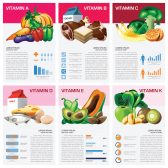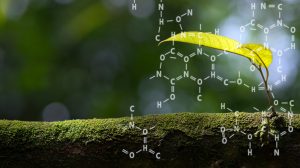Definition
noun, plural: thromboxanes
Any from the various arachidonic acid metabolites produced by the action of thromboxane synthase on prostaglandin cyclic endoperoxides, and play a role in blood clotting and vasoconstriction
Supplement
Eicosanoid is the generic term to refer to the compounds derived from arachidonic acid or other polyunsaturated fatty acids of 20-carbon length. Some of the prominent eicosanoids include (1) eoxins, (2) leukotrienes, (3) lipoxins, (4) prostacyclin, (5) prostaglandins, (6) resolvins, and (7) thromboxanes.
Thromboxane is an eicosanoid formed from the action of thromboxane A-synthase on prostaglandin cyclic endoperoxides (e.g. prostaglandin H2, prostaglandin G2). In particular, arachidonic acid is converted to prostaglandin H2, which in turn is converted into thromboxane by the aid of the enzyme found in platelets, thromboxane A-synthase. Another endoperoxide product, prostacyclin, has the opposite effects. The thromboxane, though, are characterized by having a six-membered ether-containing ring. Thromboxanes got their name for their role in thrombosis (a blood clotting process). They are vasoconstrictors and facilitate platelet aggregation. Thromboxane acts when bound to thromboxane receptors.
Two of the major thromboxanes are thromboxane A2 (TxA2) and thromboxane B2 (TxB2). TxA2 is a potent inducer of platelet aggregation and release and although unstable, the activation of platelets leads to the further production of TxA2. TxB2 is a more stable compound than TxA2. TxB2 is important in the platelet-release reaction (release of aDP and serotonin).
See also:
Related term(s):







